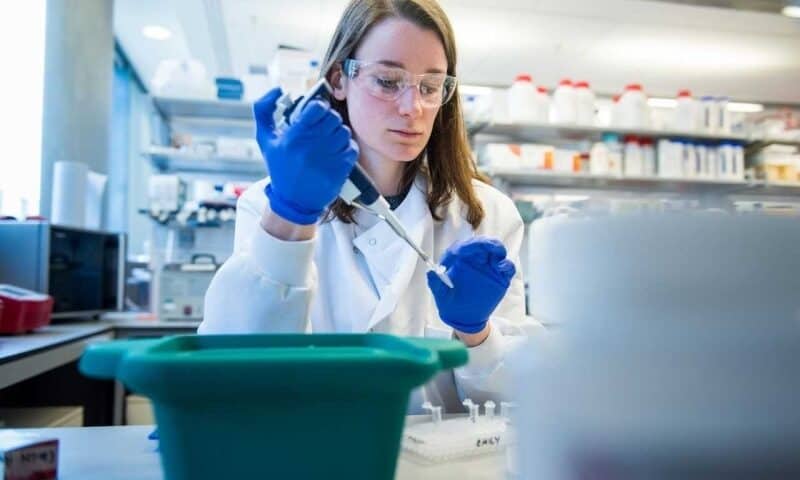Vaccitech has received U.K. government funding for a COVID-19 vaccine that it thinks can improve on first-generation prospects such as the AstraZeneca jab it helped develop.
AZD1222, the COVID-19 vaccine that AstraZeneca licensed from the University of Oxford, is based on one of Vaccitech’s chimpanzee adenovirus vectors, ChAdOx1. Having already applied the vector to MERS, the Oxford researchers were able to quickly advance a candidate against SARS-CoV-2 and emerge as one of the front-runners in the race to develop a COVID-19 vaccine.
While it is possible the first COVID-19 vaccines will come to market this year, the speed at which the lead candidates advanced means there may be scope to improve on them. Vaccitech, which was set up by the duo behind AZD1222, has received money to put that idea to the test.
Working with the first tranche of a grant of up to £2.3 million ($3.0 million), Vaccitech plans to wrap up preclinical development of its asset and make enough doses to run a phase 1 trial that is expected to start next year. Depending on the data, Vaccitech thinks the vaccine could be used as a standalone product or to improve on first-generation prophylactics.
The U.K. government, plus other funders including the National Institute for Health Research and the World Health Organization, provided Vaccitech with money after getting a look at preclinical data on the next-generation vaccine.
Vaccitech said the data show the “new platform induces leading antibody and cell-mediated immune responses … when compared with the adenoviral platforms currently in vaccine trials for COVID-19.” AZD1222, the AstraZeneca vaccine built on Vaccitech’s vector, and Johnson & Johnson’s Ad26.COV2.S are among the leading adenovirus COVID-19 vaccines in clinical development today.
The opportunity awaiting Vaccitech’s vaccine will depend on how it stacks up against the many more advanced candidates in development. However, even if the first wave of vaccines corners the market, the program may still provide benefits to Vaccitech, which said it could use the platform to quickly generate interventions capable of preventing new pathogenic threats in the future.

